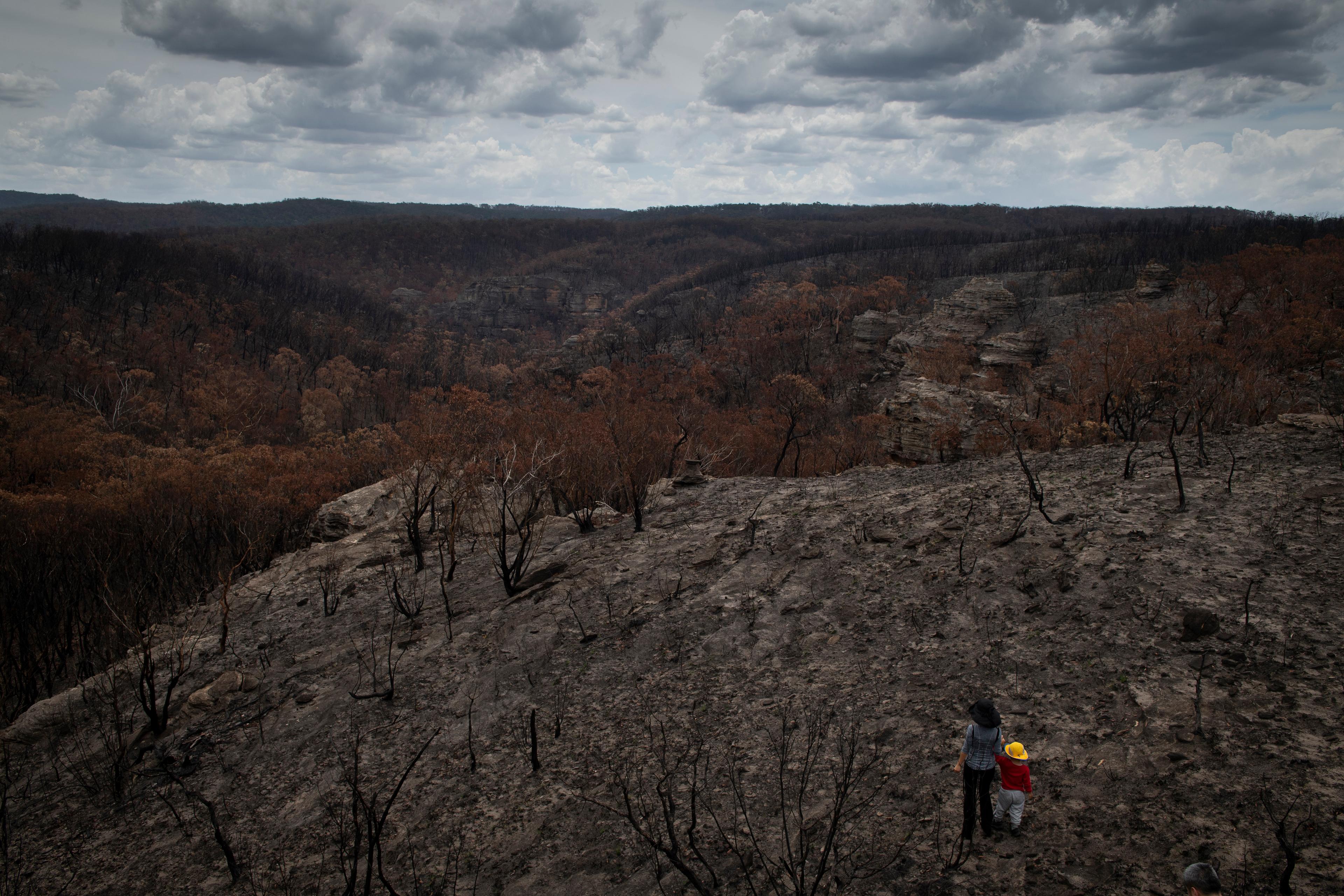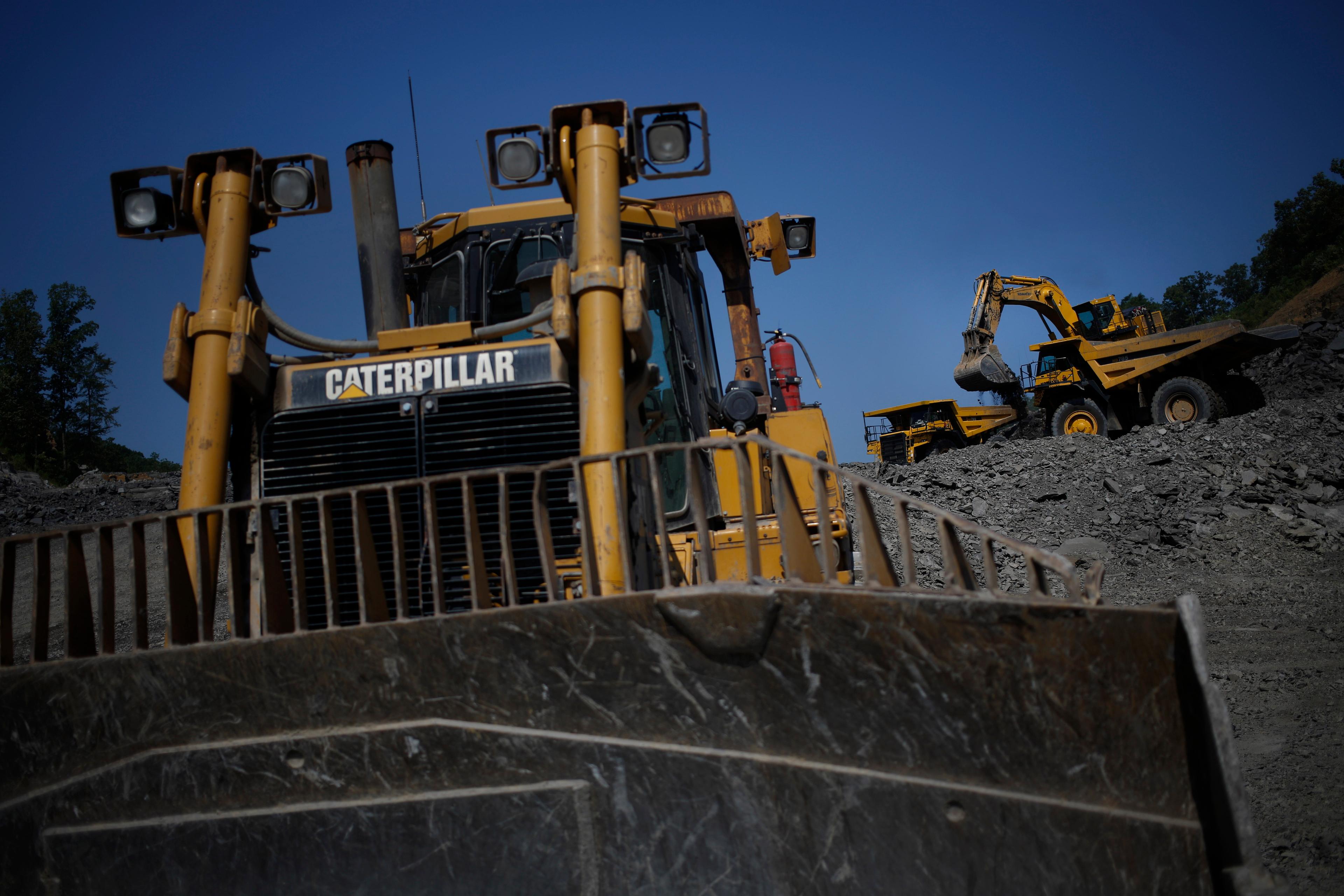The misleadingly named Nine Mile Canyon runs some 40 miles across a remote stretch of eastern Utah. Driving through, you could easily mistake it for just another scenic yet unassuming stretch of rugged Western terrain. But get close to its craggy surfaces and you’ll soon understand why Nine Mile Canyon has been called ‘the world’s longest art gallery’. Its rock surfaces are adorned with some 10,000 Native American petroglyphs and pictographs spread across roughly 1,000 distinct sites.
But, as The People Will Always Be There explores, nearby natural gas development threatens these centuries-old images, as proposed improvements to the local road portend more trucks, more dust and more erosion. Directed by the Utah filmmaker Dane Christensen, the short documentary is composed of sweeping drone shots and close-ups of rock art. The film’s narrator, the local Zuni elder and ancestral farmer Jim Enote, argues that these images – sacred to local Native Americans, and part of the shared cultural heritage of all of humanity – deserve the same respect and reverence accorded to non-Native holy sites, burial grounds and celebrated artworks.







